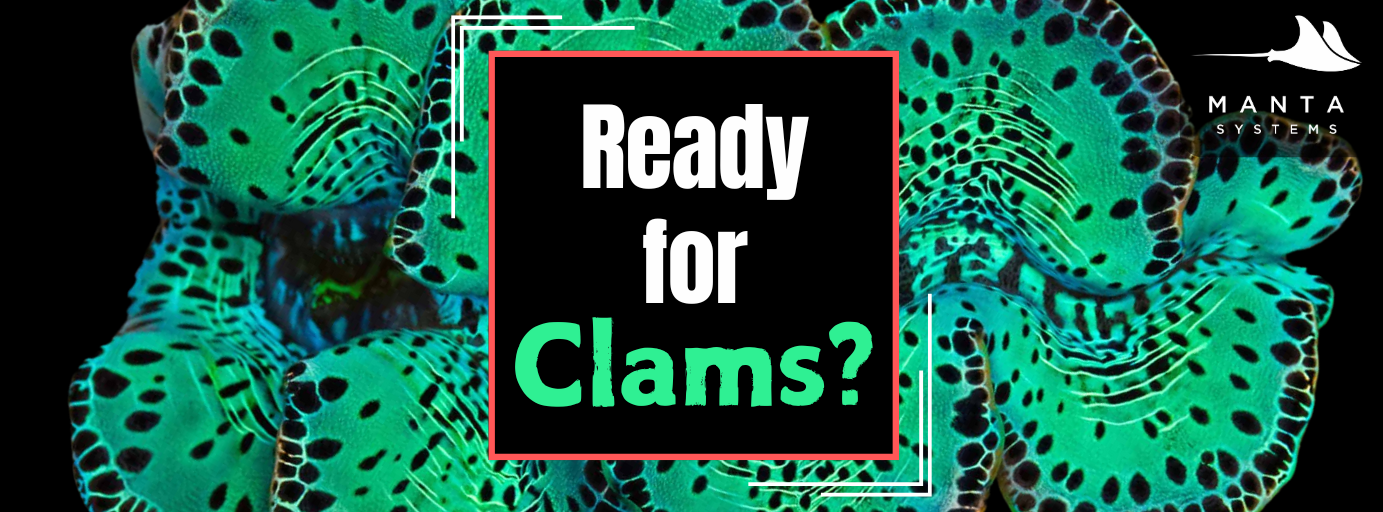Discover everything you need to know about Elegance Corals, from care requirements and placement tips to feeding strategies and troubleshooting common issues.
Saltwater Insights:
Exploring the Fascinating World of Marine Aquariums
Welcome to Saltwater Insights! Here, we dive into a wide range of topics that will deepen your understanding and appreciation of saltwater aquariums. Whether you're a seasoned aquarist or just starting out, our posts cover everything from the latest in aquarium technology and advanced water chemistry, to the care of exotic marine species and the art of aquascaping. Our expert tips, detailed guides, and fun facts will keep you informed and inspired. Join our community as we explore the vibrant and ever-evolving world of saltwater aquariums together. Dive in and discover the secrets to a thriving marine environment!
𝐓𝐨𝐩 𝟓 𝐐𝐮𝐞𝐬𝐭𝐢𝐨𝐧𝐬 𝐭𝐨 𝐀𝐬𝐤 𝐁𝐄𝐅𝐎𝐑𝐄 𝐁𝐮𝐲𝐢𝐧𝐠 𝐚 𝐅𝐢𝐬𝐡
Avoid costly mistakes when buying a new fish! Learn the top 5 essential questions to ask before purchasing a saltwater or freshwater fish to ensure compatibility, proper care, and long-term success in your aquarium.
𝐓𝐨𝐩 𝟓 𝐁𝐞𝐠𝐢𝐧𝐧𝐞𝐫 𝐋𝐏𝐒 𝐂𝐨𝐫𝐚𝐥𝐬 𝐓𝐡𝐚𝐭 𝐀𝐫𝐞 𝐄𝐚𝐬𝐲 𝐚𝐧𝐝 𝐒𝐭𝐮𝐧𝐧𝐢𝐧𝐠
Looking to start your reef tank with easy, beginner-friendly LPS corals? Discover the top 5 best beginner LPS corals that are hardy, colorful, and perfect for new reefers. Learn about their care requirements, ideal placement, and why they’re great choices for your saltwater aquarium.
Explore our ultimate guide to gorgonians, including types, care requirements, tank suitability, and buying tips. Learn how to keep these stunning corals healthy and thriving in your saltwater aquarium.
Trachyphyllia corals are some of the most stunning and beginner-friendly LPS corals, but proper care is essential. Learn about placement, lighting, feeding, troubleshooting, and keeping these fleshy brain corals healthy in your reef tank.
𝐓𝐨𝐩 𝟓 𝐁𝐞𝐠𝐢𝐧𝐧𝐞𝐫 𝐒𝐏𝐒 𝐂𝐨𝐫𝐚𝐥𝐬 𝐚𝐧𝐝 𝐖𝐡𝐲 𝐓𝐡𝐞𝐲’𝐫𝐞 𝐀𝐰𝐞𝐬𝐨𝐦𝐞!
Looking to start your journey into SPS corals? Discover the Top 5 Beginner-Friendly SPS Corals that are resilient, stunning, and easier to care for than you think! Learn about their growth rates, care requirements, and why they’re the perfect introduction to the world of Small Polyp Stony corals.
𝐓𝐮𝐫𝐟 𝐀𝐥𝐠𝐚𝐞: 𝐈𝐝𝐞𝐧𝐭𝐢𝐟𝐢𝐜𝐚𝐭𝐢𝐨𝐧, 𝐂𝐚𝐮𝐬𝐞𝐬, 𝐚𝐧𝐝 𝐑𝐞𝐦𝐨𝐯𝐚𝐥
Learn how to identify, prevent, and control common turf algae in saltwater aquariums. Discover causes, solutions, and expert tips for maintaining a healthy reef
Discover the ultimate guide to Euphyllia & Fimbriaphyllia corals, including care tips, placement, lighting, feeding, fragging techniques, and disease prevention. Whether you’re a beginner or advanced reefer, learn how to keep these stunning LPS corals thriving in your saltwater aquarium.
𝐃𝐢𝐚𝐭𝐨𝐦𝐬: 𝐂𝐚𝐮𝐬𝐞𝐬, 𝐒𝐨𝐥𝐮𝐭𝐢𝐨𝐧𝐬, 𝐚𝐧𝐝 𝐏𝐫𝐞𝐯𝐞𝐧𝐭𝐢𝐨𝐧
Tired of the dreaded brown dust in your saltwater tank? Learn everything about diatoms—what causes them, how to remove them, and why they might not be as bad as you think.
𝐓𝐡𝐞 𝐔𝐥𝐭𝐢𝐦𝐚𝐭𝐞 𝐆𝐮𝐢𝐝𝐞 𝐭𝐨 𝐊𝐞𝐞𝐩𝐢𝐧𝐠 𝐒𝐚𝐥𝐭𝐰𝐚𝐭𝐞𝐫 𝐂𝐥𝐚𝐦𝐬
In this article we cover popular clam species, their specific care requirements, and expert tips to successfully integrate these captivating animals into your reef tank. Whether you're an intermediate or advanced hobbyist, discover if you're ready to add the beauty and benefits of clams to your marine
Learn how to identify, manage, and eliminate hydroids in your saltwater aquarium. This guide covers hydroid types, prevention strategies, removal methods, and common myths, ensuring a balanced and healthy reef tank.
Discover the benefits of algae scrubbers for your saltwater aquarium. Learn how these eco-friendly filtration systems reduce nitrates and phosphates, promote reef health, and simplify nutrient management for tanks of all sizes.
𝐈𝐧𝐭𝐫𝐨 𝐭𝐨 𝐒𝐨𝐟𝐭 𝐂𝐨𝐫𝐚𝐥𝐬: 𝐈𝐝𝐞𝐧𝐭𝐢𝐟𝐢𝐜𝐚𝐭𝐢𝐨𝐧, 𝐂𝐚𝐫𝐞, 𝐚𝐧𝐝 𝐓𝐢𝐩𝐬
Learn everything you need to know about soft corals in saltwater aquariums with our comprehensive guide. Discover the different types of soft corals, understand their specific care requirements, such as water quality, lighting, flow, and feeding. Get expert tips on identifying healthy specimens and managing
Discover the ultimate guide to understanding the different types of corals for your saltwater aquarium. Learn about SPS, LPS, and soft corals, their identification, care requirements, and how to create the perfect environment for them to thrive. Enhance your reef tank with our comprehensive coral care
𝐁𝐫𝐢𝐬𝐭𝐥𝐞 𝐖𝐨𝐫𝐦𝐬: 𝐅𝐫𝐢𝐞𝐧𝐝 𝐨𝐫 𝐅𝐨𝐞?
Bristle worms: Friend or foe? Learn how to identify, manage, and appreciate these misunderstood reef critters in your saltwater aquarium.















